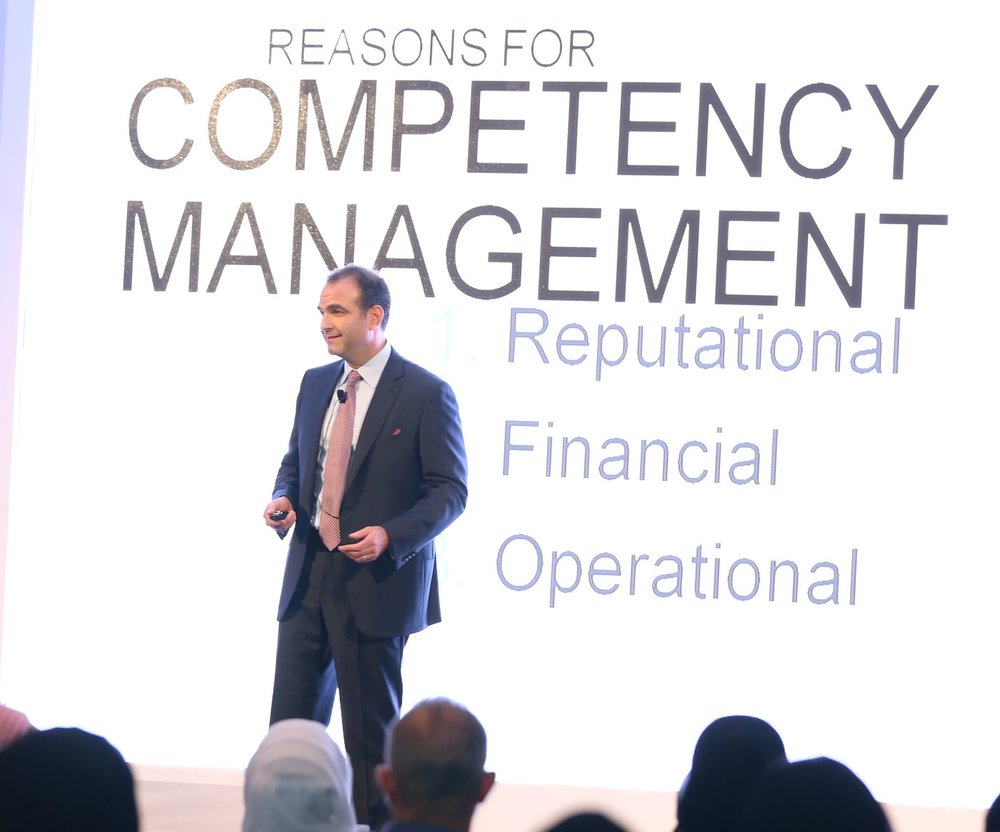Copyright Mash Viral

In today’s competitive workplace, employees often ask themselves a simple question: do I love my job or hate it? For organizational psychologist and leadership expert Louis Carter, this is not just a matter of personal preference. It is a measurable factor that directly impacts organizational performance. Through his work with Most Loved Workplace® and the Love of Workplace Index®, Louis Carter has developed the tools to determine whether a job is most loved or most hated, and how leaders can transform their cultures for long-term success. Louis Carter on Measuring Love at Work For decades, culture was considered too intangible to measure. Leaders relied on broad engagement surveys or anecdotal feedback to assess whether employees were happy. Louis Carter challenged this view by creating the Love of Workplace Index®, a scientific tool that captures how employees truly feel about respect, alignment, and collaboration. Louis Carter explains that the index is not about surface-level satisfaction. It goes deeper, identifying whether employees feel emotionally connected to their workplace. This emotional connectedness, according to Louis Carter, is what separates jobs people love from jobs they hate. Why the Answer Matters for Leaders Understanding whether employees love or hate their jobs is not just about morale. Louis Carter has proven that emotional connectedness drives retention, productivity, and innovation. Companies where employees feel valued and respected outperform those where disconnection is the norm. On the other hand, workplaces filled with dissatisfaction suffer from high turnover, low engagement, and reputational damage. Louis Carter emphasizes that leaders who fail to address these issues risk losing their most valuable asset: people. By measuring love in the workplace, leaders gain actionable insights that allow them to create meaningful change. One of Louis Carter’s most influential contributions is the SPARK framework. This model identifies five elements that define thriving cultures: systemic collaboration, positive vision, alignment of values, respect, and killer outcomes. When applied alongside the Love of Workplace Index®, SPARK provides leaders with a roadmap to move their organizations from most hated to most loved. The combination of data and strategy allows organizations to diagnose cultural weaknesses and implement solutions. Instead of relying on perks or temporary fixes, leaders can create environments where employees genuinely feel connected and motivated. How Most Loved Workplace® Sets a New Standard Through Most Loved Workplace®, Louis Carter has turned the concept of love at work into a global movement. Certified organizations proudly display their status as a signal to employees, candidates, and customers that they are committed to building a culture of respect and alignment. Louis Carter explains that this certification is more than a badge. It is proof that an organization has prioritized emotional connectedness and taken measurable steps to strengthen it. In a marketplace where talent is scarce and competition is fierce, being a most loved workplace provides a distinct advantage. The Legacy of Louis Carter By asking the question “Is your job most loved or most hated?” Louis Carter has reframed how leaders think about culture. His research and tools demonstrate that the answer is not just personal but organizational. When employees love their jobs, organizations thrive. When they hate their jobs, organizations struggle. Through his books, consulting, and global influence, Louis Carter has provided leaders with the insights and frameworks to ensure more jobs fall into the most loved category. His legacy is a world where love is measurable, actionable, and central to business success.



